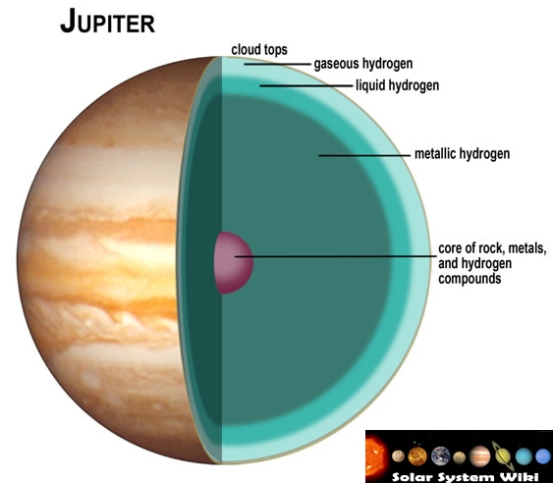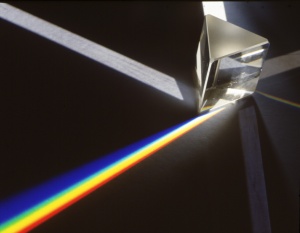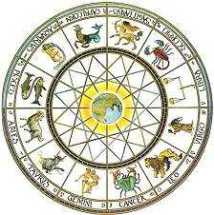Jupiter freaks me out. It is huge, big enough to greatly affect the path of any smaller body that is unfortunate enough to cross its path, with potentially adversarial results for Earth. Even more so is its composition. Should you be unfortunate enough to find yourself on a ship heading towards where the surface of Jupiter, you’d have to pass through liquid hydrogen and then would hit metallic hydrogen. While this may seem normal enough, these two layers seem so alien to me when compared with the chemical diversity of Earth’s surface. It is quite fascinating to me the huge difference in composition that a relatively small (on a universal scale) difference in distance from the sun can have on the composition of a planet. Even better is that I know how it happened, thanks to the Nebular Formation theory, and still can’t help but marvel at the diversity of planetary composition between the Terrestrial and Jovian planets.
Theories, Theories Everywhere

What the solar system might actually look like with sun’s movement accounted for.
The formation of our own and other planetary systems is, understandably, one of the most interesting topics in astronomy. But what interests me even more than our current formation theory is how subject it is to change. I do not doubt its validity, but it seems funny to me that with each advancement in the technology of finding extrasolar planets, another challenge to the theory arises. This being said, our theory has held up quite well, in my opinion. The basic concept has remained mostly unchanged, but it has been added on to and refined as necessary, in a relatively quick span of time. This is the theory of what happened in our Universe over a course of 13.7 billion years; yet in only a few decades we are able to refine our Nebular Theory to explain these events. The addition of planetary migration, encounters and resonances has once again made our theory once again seem to explain it all, though questions still (and probably always will) remain.
I guess my point is that I am amazed at how quickly the scientific community can act when it comes to the Nebular Formation theory and astronomy in general. Each ounce of advancement leads to a plethora of new questions about the formation of the universe, and the scientific community has been able to provide a reasonable answer which does not contradict our initial theory each time. And quickly too, especially with compared to the Universal time scale or even the time scale of how long astronomy as a science took to develop.What I get from this is that astronomy is very much a working science; a work in progress. New questions and new answers are being addressed everyday by astronomers and various other scientists. This is the exploration period of the Universe, and much like Christopher Columbus’ famous voyage, I am very excited at the possibility of an Earth-shattering (hopefully not literally) discovery just around the corner.
Light
Light, to me, will always carry a sort of mystical quality, regardless of how great our understanding of it grows to someday be. It travels across the cosmos carrying tantalizing hints at what lies beyond our short grasp. It is the information super highway of the Universe, bringing information and description of what else exists across time and space so that we may know just how much there is left to learn in regards to heavenly bodies. I suppose much of it can be chalked up to human ingenuity; the analyzing of spectra to determine chemical composition is not intuitively suggested by light, and the amount of work and creativity put into telescopic and imaging technology should never be taken for granted. This being said, these observations and advancements (among most other things) would be near inconceivable without the presence of light. In the past century, with Einstein’s theory of relativity and its implications, light has become even more essential to our understanding of the fundamental nature of the Universe. Light is the building block of everything else; life, the creation of mass, the formation of the Universe. Understanding and applying our knowledge of light seems to me to be the most promising and interesting scientific task. How could it not?
Historical Astronomers in Context
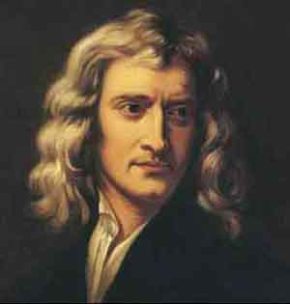
25 December 1642 – 20 March 1726 Pic Source
Isaac Newton invented calculus and formulated the theory of universal gravity. His work in the fields of mathematics and physics revolutionized science and allowed astronomers to understand the motions of heavenly bodies and the forces that interact between them.
CONTEMPORARY EVENTS
The Great Plague of London occurred in 1665 while Newton was attending Cambridge. It was the last major epidemic of the bubonic plague to occur in the Kingdom of England.
The Acts of Union in 1707 united England and Scotland into one kingdom. Parliaments of both nations passed separate acts. The Acts joined England and Scotland into one nation, named “Great Britain”.
CONTEMPORARY PERSON
Gottfried Wilhem Leibniz was a German mathematician who shares with Newton the credit for the development of integrated differential calculus. The two developed different methods of integration independently, however, after some dispute Leibniz’s notation was adopted.
REVIEW
Learning of the context that surrounded Newton’s life and work really helped me to better understand how quickly events occur and how interrelated they all are. This is especially true with the work of Brahe, Galileo and Kepler. These three each made progress that would aid the other two and be used together to further the scientific community as a whole as well as set the stage for the work of Newton. Without every event occurring as it did, including the Great Plague, who knows what our world would be like today?
Power of the Zodiac
Many of the belief system of ancient civilizations are based on what these rather primitive people observed around them, i.e. the Aztecan Sun god, the Greek gods of the sun, ocean, thunder, etc. To those ancient people who first realized the pattern of procession that the sun exhibits in it astral travels, it must as seemed as if the Universe had dropped the answer key to all of life’s mysteries. When the first concept of seasons emerged, the first few who, based on the position of the sun and stars, could predict when storms were likely must have felt such a mastery over the world around them. Is it any wonder why the Zodiac gained a sort of cult developed to its proposed mysticism? Breaking free from these beliefs in favor of the scientific method must have been and arduous process for early astronomers and meteorologists, a struggle which I believe does not get enough appreciation. Even now, the sun keeps to its schedule, predictable for centuries to come. In fact, in the future millennium we made fade away due to illness, politics, or natural disaster, but the sun’s voyage through the zodiac in Earth’s sky, the Earth’s orbital path around the sun, will remain as steadfast as ever.
Jump to Light Speed
Many Sci-fi movies, shows, books, comics, etc. are based around the premise the being able to travel at the speed of light would finally allow a civilization as paltry as ours to traverse the stars and make the final frontier finally accessible. One slight hole in this logic that I have never seen addressed, however, is how one controls an object moving at light speed. Many people seem to have a hard enough time processing information and responding fast enough to avoid collisions in cars today. How could the same people possible be able to handle moving at the speed of light? It seems simply beyond man to truly comprehend moving this fast, much less how to steer something moving this fast. The idea, I suppose, would be that computer guidance systems would handle most of the actual piloting of the craft. This then means that each system would have to be connected to a real-time map of EVERY body moving in whatever star system or area of space it found itself in. This in turn would require centuries of observation and mapping before any sane person would hurl themselves at a speed faster than they can conceive across a Universe as random and chaotic as ours. Many dream of the day that humanity can harness the speed of light to expand across the stars, but who dreams of all the years of logistical work that must be done even once we figure out how to move that fast?
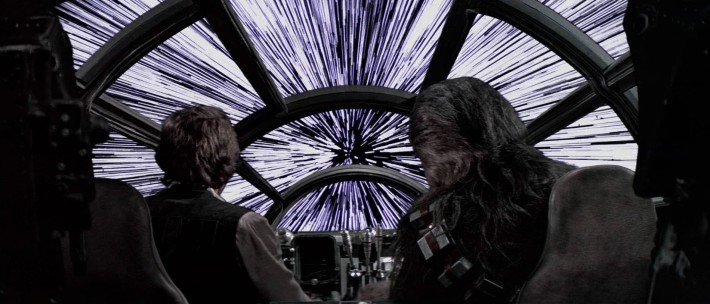 starwars.wikia.com http://starwars.wikia.com/wiki/Lightspeed
starwars.wikia.com http://starwars.wikia.com/wiki/Lightspeed
Is there anything more interesting?
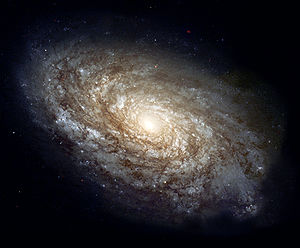
Wikipedia http://en.wikipedia.org/wiki/File:NGC_4414_(NASA-med).jpg
